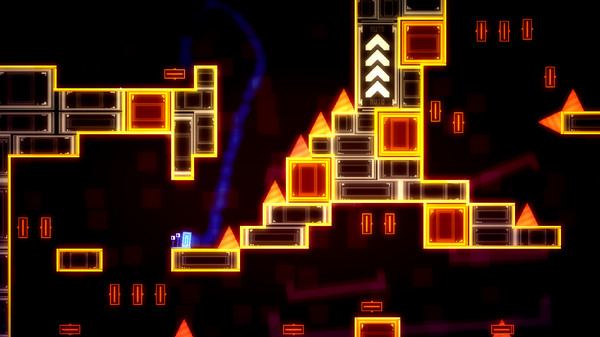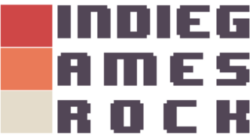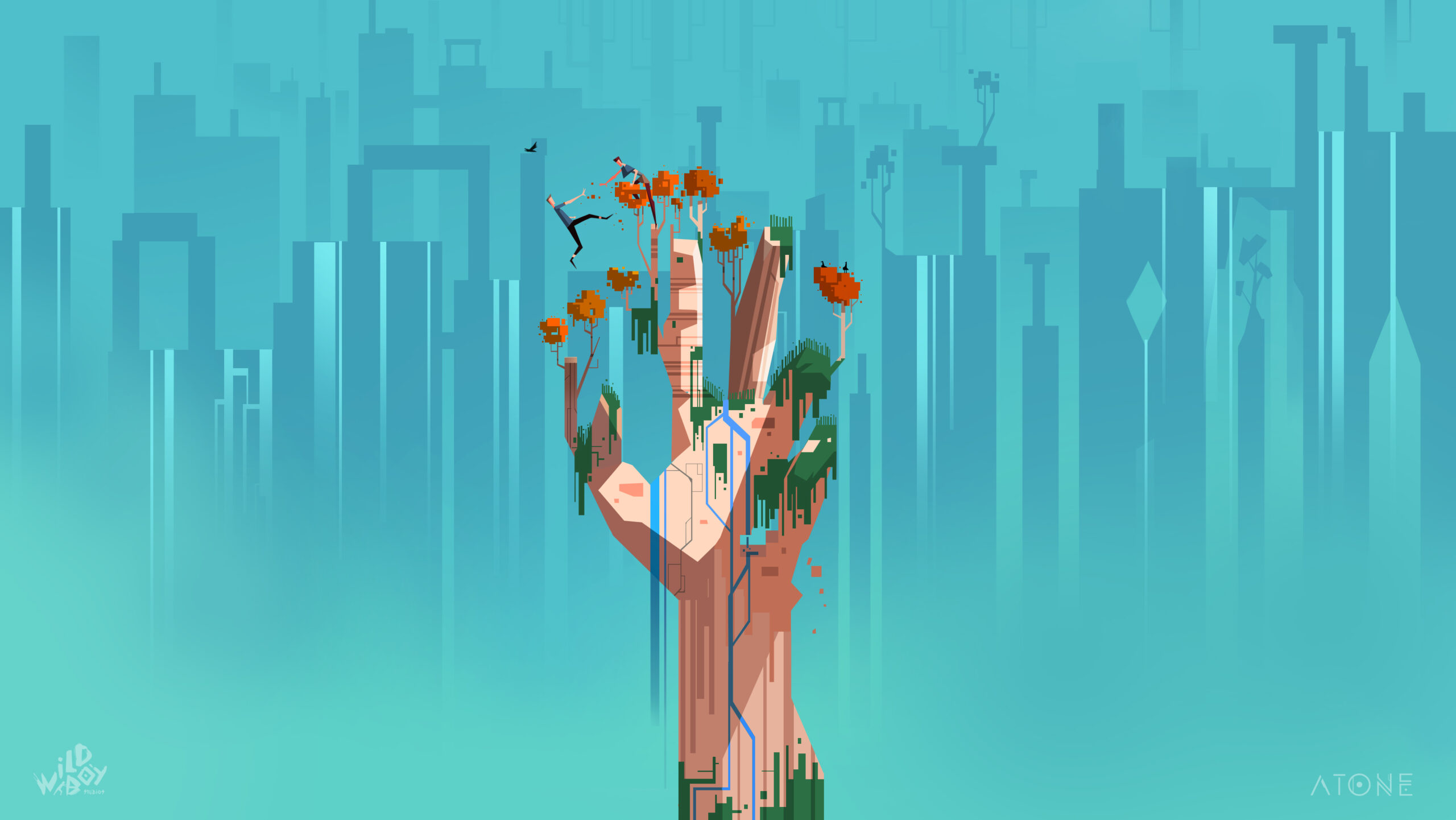This is a great question and in short there is no one defined answer on what constitutes an indie game. We will try to define it here but first lets start with some history…
A Brief History of Indie Games
As long as there have been programmers there have been games. There is general consensus that ‘Tennis for Two’ was the first video game. It was developed by William Higinbotham at Brookhaven National Laboratory in 1958. The game was created using a cathode ray tube and players interacted with dials to swing a racket and hit the ball back and forth. This really could, by many definitions, also be considered the first indie game as it was developed, without specific funding, by a single individual.
Of course, the game industry in 1958 was non existent and Tennis for Two was created primarily as a research experiment. The first commercial game console, the Magnavox Odyssey wouldn’t be released for another 14 years. And it wasn’t until five years after that that the Atari VCS was released which eventually became the Atari 2600 and truly ushered in the era of mainstream gaming.
Many of the early games developed for these systems would be considered indie games by today’s standards. They were created by small teams or even solo developers. For example Pong, although an Atari game, was primarily created by a single individual – Alan Alcorn as a training exercise. Karateka was created by Jordan Mechner while he was a student at Yale University and he went on to create Prince of Persia by himself as well.
As the gaming industry evolved more money was spent on higher budget games. Also, through the later 80s and 90s it became much more difficult for independent developers to distribute their games. As a result smaller studios and solo developers had a more difficult time creating games that could be played by the masses. It wasn’t until the early 2000s that indie games began to take off again.
The proliferation of high speed internet allowed indie game developers to begin to distribute their games in ways that weren’t available prior. The creation of the Steam store in 2002 gave indie developers a distribution channel that just didn’t exist before. This in conjunction with the proliferation of easier funding through crowdfunding sources such as kickstarter allowed indie developers to create more games and get them into the hands of their fans in easier ways. This era saw the release of many successful indie titles including “Minecraft”, “Super Meat Boy”, “TowerFall”, “Celeste” and “Hollow Knight”.
Of course, with the advent of mobile devices Indie developers now have even more options for distributing their games and mobile games are a hotbed for indie developement. With many successful games to be found on these platforms including “Alto’s Adventure” and its follow up “Alto’s Odyssey”, “Mr Jump” and “Mr. Autofire”. Some of the best games being produced now are by indie developers in the mobile space.
OK Great… But What is an Indie Game?
To us an indie game is sort of like craft beer. Just as craft beer is beer crafted at an independent brewer apart from the influence of major brewers, indie games are crafted without interference from a larger studio. The developer retains the rights over their creation and have the freedom to make editorial decisions as they please. As coach Lasso stated about the offsides rule “you’ll know it when you see it.”
Sometimes this means the studio retains all rights and publishes the game themselves. “Alto’s Adventure”, “Super Meat Boy” and “Towerfall” followed this path. Sometimes it means that the individuals at the studio struck a deal with a larger studio but they retained the intellectual property rights or at least editorial control – think “Journey” or “Flower” from thatgamestudio or “Cuphead” from Studio MDHR. Sometimes it means a single developer slaved away and did almost all the work by him or herself – think “Will You Snail?” by Jonas Tyroller. All of these games are indie games. They went about it in different ways but they were all free from influence by the major studios and each created something unique and amazing. You’ll know them when you see them.

They don’t have big budgets but they are made with a lot of love and care. They convey something new and interesting. They push the boundaries of where games are supposed to be. They aren’t as focused on making money but on giving people enjoyment and maybe even giving a message along the way.
The Future of Indie Games
As Doc Brown said “The future is what you make of it.” Nothing could be more true for the indie game industry. New technologies are emerging all over the place and the future in this space is super exciting. From AR to VR to the metaverse there are all kinds of new technologies for indie game developers to explore. This in conjunction with technologies such as 5G and mobile becoming more mature means there are tons of ways for indie game developers to bring us the latest and greatest of their creations.
The mobile game market is expected to reach a size of $338 Billion by 2030. That is an astonishing 12.1% CAGR from the time of this article. Of course, a lot of the larger houses are going to pick up that revenue but there will still be a lot around for the indie developers too. In short the future is bright with lots of growth and new avenues to explore. I can’t wait to see where it goes!





